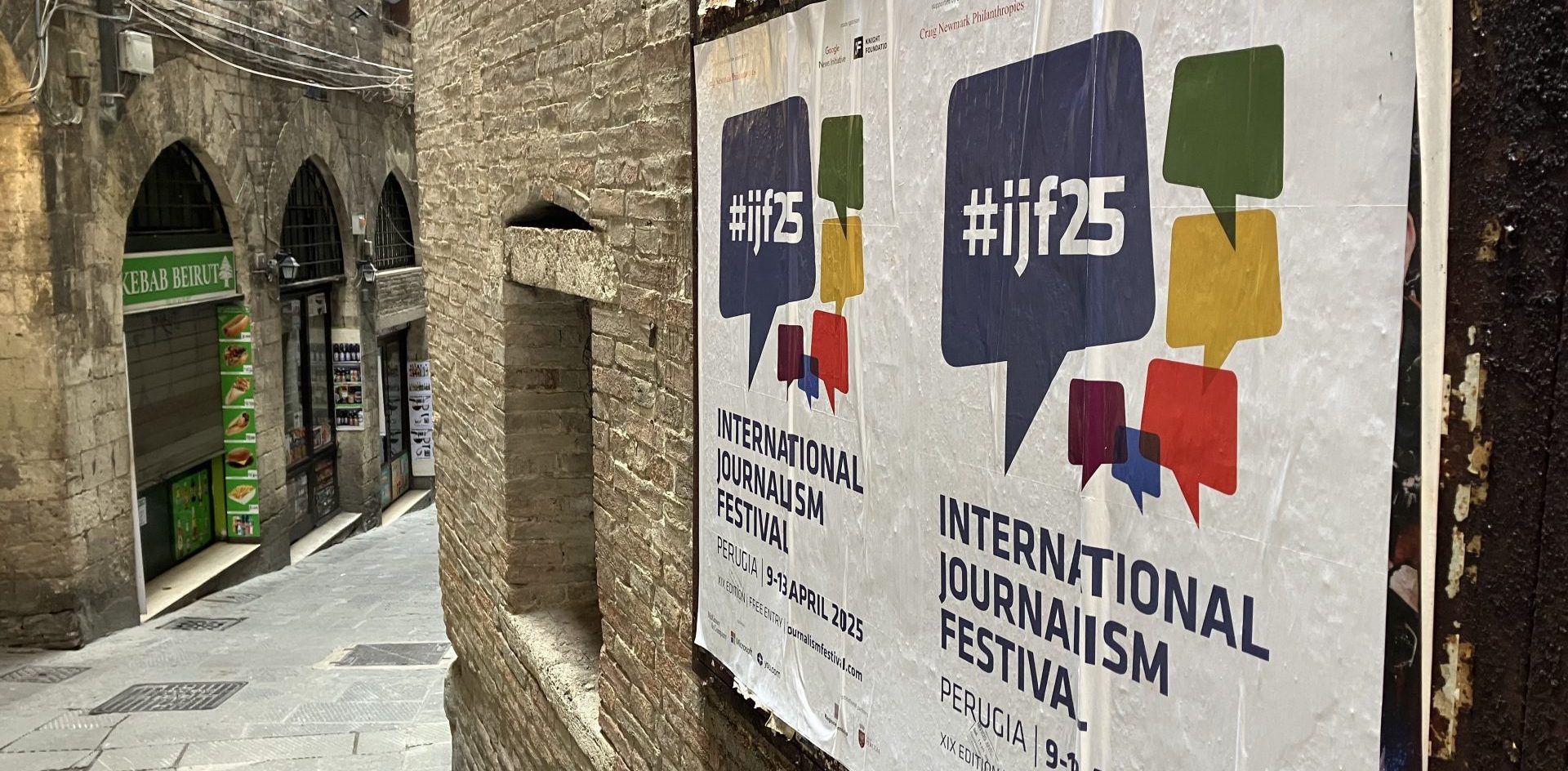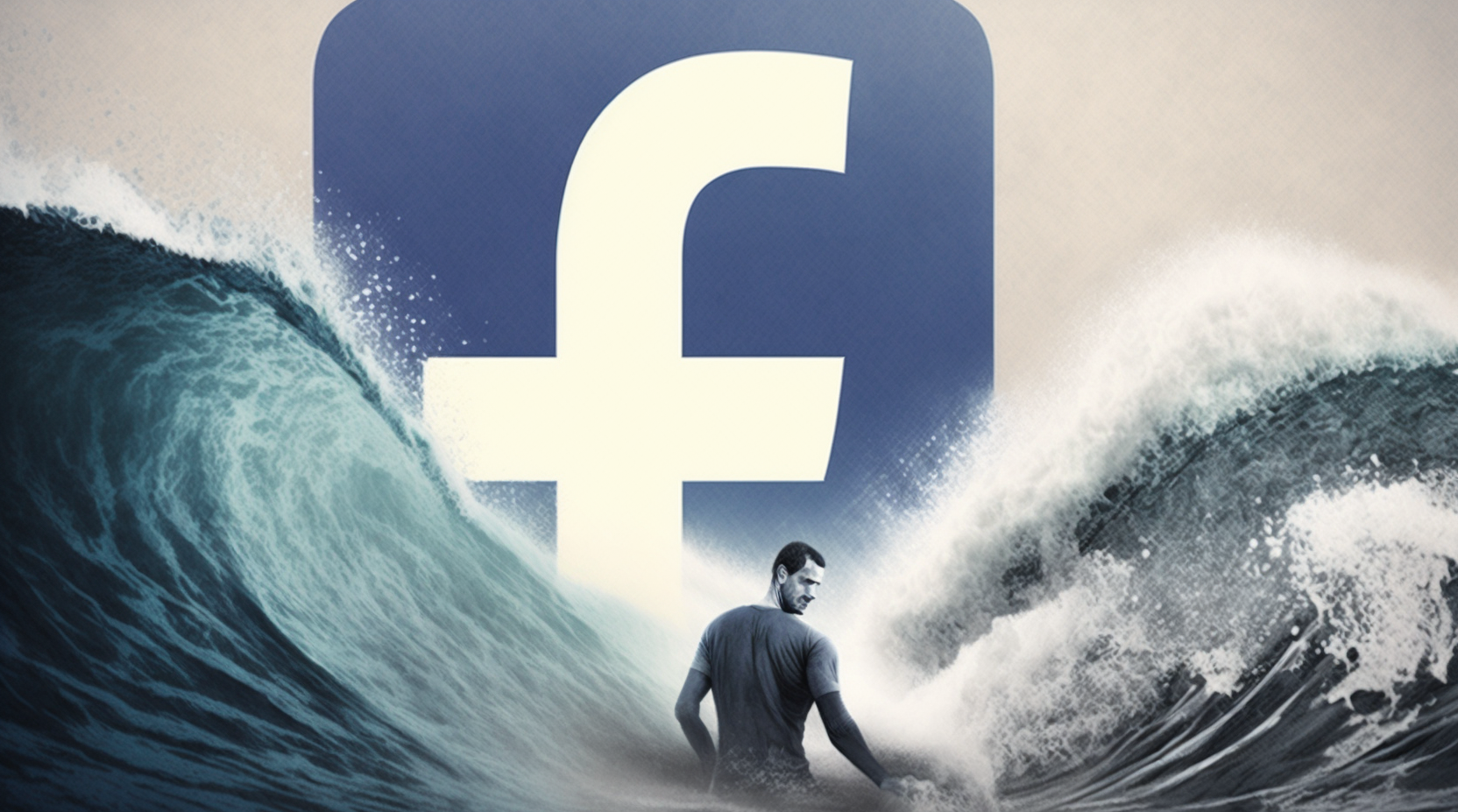
Newsletter
Newsletter
Getting content discovered is becoming harder than ever. We discuss how publishers need to retool their audience acquisition efforts.
27th October 2023

In the Pugpig weekly media bulletin, Pugpig’s consulting services director Kevin Anderson and digital growth consultant James Kember distill some of the best strategies and tactics that are driving growth in audiences, revenue and innovation at media businesses around the world.
At Pugpig Consulting, we’re helping our customers to test and optimise different parts of their app engagement and conversion stack whether that is:
If you want to know more about how we are working with publishers like you, get in touch at info@pugpig.com.
Publishers are facing ever-increasing issues to make their content discoverable and connect with new audiences, Matt Locke, Director at Storythings, writes in a piece on the Attention Matters Substack. “We’ve reached a tipping point, with more and more publishers and commentators saying that algorithmic feeds and Google search are no longer viable ways of building a sustainable audience.” In short, content discovery is “broken”.
However, he adds a very important counter-argument that highlights new challenges in the Attention Economy. Content isn’t scarce, but time and attention is. It is a golden age for content consumers. Matt highlighted research from OFCOM, which showed that “on average we spend nearly four and a half hours watching video a day, most of it on digital platforms”. Moreover, according to Comscore’s State of Digital UK 2023, 94% of the UK audience access news sites. “(C)ontent discovery doesn’t really feel broken for us as consumers. There are more bingeable series, algorithmic feeds, podcasts, games, newsletters and cinematic universes than we can possibly ever consume,” Matt says.
But intense competition for attention plus the end of organic reach on social media has piled pressure on publishers. We’ve previously analysed the end of the platform era and focused on the massive decline in referrals from Facebook to news sites. Matt’s expanded upon this, highlighting that the issues news brands face with traffic are not just related to referrals “but a combination of factors”. He noted Musk’s removal of content moderations and “everything else publishers rely on to make their content visible” which has made X/Twitter a less reliable partner. He also spoke about the impact of Meta and Google “downgrading news sites” after Australia and Canada insisted on payments for linking to publishers.
In a recent article, The New York Times amplified Matt’s concerns. They noted that Campbell Brown, who is in charge of news at Facebook has announced that she’s leaving the company this month, with no indication of a successor. Meanwhile the head of Threads has reiterated that their platform would “not amplify news”.
The interest from social platforms just isn’t there. Twitter/X and Meta didn’t reply to the NYT when requested for comment, whereas Google claimed that they continued to prioritise sending traffic to publishers and “support a healthy, open web”.
On the face of it, this is positive. Google has traditionally been the biggest supporter of news but clouds are gathering. Google’s October core update has seen half of UK news publishers see a drop in search visibility. This serves as a stark reminder to publishers that over-reliance on Google is a volatile strategy. On the horizon, publishers are concerned about the impact that AI will have on the discoverability of their content and Google’s big investment in Bard has amplified this. Google is developing a new product called Search Generative Experience (SGE), which will provide a lot of information for users without the need to leave the search page, says Ian Betteridge. If all you want is an answer, there will be no need to click through to a site. It will be great for simple research, but it could add to the headaches that publishers are facing.
When assessing your acquisition strategy there are temptations you need to resist. Don’t rely on easy traffic from Google and avoid the too-simple metric of reach. The most important KPI for a news brand should be engagement. Ben Smith, Editor in Chief at Semafor has described traffic as no longer “the god metric in digital media”. “For a while now we’ve been warning our clients not to get too reliant on their huge (but often fake) reach and impression numbers”, he added.
In a follow-up post on content discoverability, Matt highlighted comments from Aimee Rinehart, the Senior Product Manager AI Strategy for The Associated Press, about how to meet these challenges:
Stop building somebody else’s app. Stop building out Twitter, stop building out Facebook, stop obeying whatever Google wants from you this month for SEO. Build. Your. Own. Audience.
Aimee Rinehart, the Senior Product Manager AI Strategy for The Associated Press
Her advice echoes our own about the Push Era. In this new era of media, the tools for audience development actively engage and build direct relationships with audiences – newsletters, podcasts and apps with push notifications that reach people in real-time on their mobile devices.
It calls for a reset not only in tools but also expectations. Audience acquisition must pivot away from high-volume, low-quality channels to direct-to-customer engagement. Social and search will still have a role to play, but it’s likely that this will need to consist of paid activity and community building. Moreover, the importance of a strong brand will once again come to the fore. Publishers without a clear identity or purpose are likely to struggle.
This new reality also elevates the importance of the quality of your products. We believe that apps will become an increasingly important tool, but they will also need to change and diversify. The Financial Times, for example, launched the FT Edit app 18 months ago as an addition to their core product allowing them to reach those that are “short of time and the curious”. The pricing model appeals to those with smaller budgets meaning that the FT could monetise an audience that they otherwise wouldn’t, without cannibalising the primary product.
Apps are also an important component in discoverability. Primarily, there’s the app store listing, which ranks for SEO and is another shop window for your product. But there are other features with benefits too. Article sharing has existed for years and integrated directly into the mobile experience, allowing users to amplify publishers’ content. Moreover, several publishers, like The New York Times, allow for subscribers to gift articles to non subscribers. This has the benefit of increasing content discoverability, adding authenticity to the recommendation and providing a benefit to the subscriber. Although available across digital platforms, the unique interface of apps and the more direct integration with messaging and social apps makes the sharing process significantly easier for the user.
Once you’ve weaned your audience acquisition strategy off cheap, high volume social traffic the audiences, you might, especially initially, be attracting a smaller audience, but it will be more valuable. This will mean that ultimately, retention of those users will become as important as the acquisition of new ones.
In our Retention Economics report we reframed retention as being about relationship management not churn management. It should start at the very beginning of the customer lifecycle because engagement needs to start at the point of conversion. Wait even a few days, and it might be too late.
As you won’t be able to easily replace audiences that churn you’ll need to develop a strategy that focuses on building engagement through regular visits and a deeper relationship.
There are three key areas to focus on:
The Platform Era is giving way to the Push Era, and at Pugpig we’re working with our partners to develop audience strategies that rely less on passively luring visitors from search and social and prioritise actively reaching out to users to bring them into your ecosystem and keep them engaged. For publishers with a strong brand and product proposition, this new era is filled with opportunities, and if you’d like to discuss how we could help you, please get in touch.
Here are some of the most important headlines about the business of news and publishing as well as strategies and tactics in product management, analytics and audience engagement.

Newsletter

Newsletter

Newsletter

Newsletter

Newsletter